Timely tips for blending faith and life
Catholic All Week
Summer is made for hitting the road for a family vacation. But if you want your summer plans to take on a more spiritual meaning than the typical beach visit, consider aligning your travel with a visit to one of our 72 national shrines or one of the 2025 Jubilee Year of Hope pilgrimage sites.
Find a place
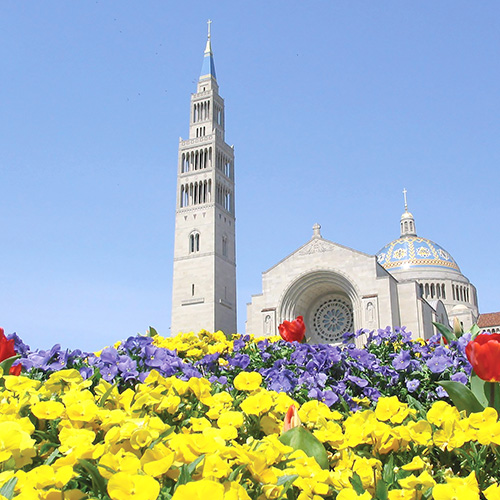 You don’t necessarily have to change your vacation plans to fit in a visit to a sacred site. The U.S. Conference of Catholic Bishops has an interactive map on its website that lists official diocesan Jubilee of Hope Pilgrimage Sites as designated by each local bishop. GoCatholic.org keeps a list of National Shrines as well as cathedrals, basilicas, world heritage churches, special churches and more. Find one near where you are already going, or search for a site that appeals to you. (Not able to travel this year? Many of these sites offer online services, virtual visits or have been featured on television shows or videos that can give you the experience of being there from the comfort of your home.)
You don’t necessarily have to change your vacation plans to fit in a visit to a sacred site. The U.S. Conference of Catholic Bishops has an interactive map on its website that lists official diocesan Jubilee of Hope Pilgrimage Sites as designated by each local bishop. GoCatholic.org keeps a list of National Shrines as well as cathedrals, basilicas, world heritage churches, special churches and more. Find one near where you are already going, or search for a site that appeals to you. (Not able to travel this year? Many of these sites offer online services, virtual visits or have been featured on television shows or videos that can give you the experience of being there from the comfort of your home.)
Plan it out
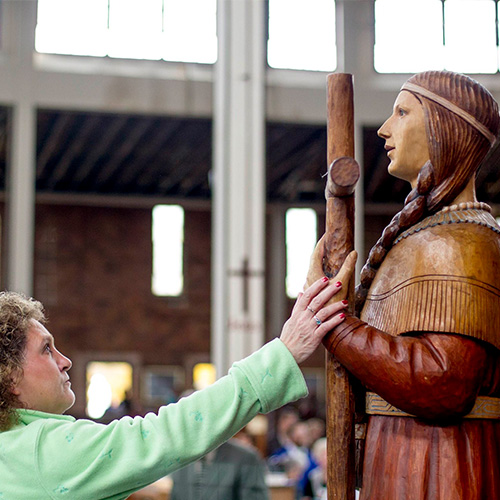 While the beauty of summer is unscheduled time, you should take the time to plan your visit to a shrine or pilgrimage site to be certain you don’t miss the opportunity to fully participate in what can be a profound spiritual experience. Check their websites for seasonal hours, Mass and confession schedules and tours. Some churches may offer guided tours at specified times, have limited hours at certain times of the year or offer special services on feast days or Holy Days that are well worth planning a trip around.
While the beauty of summer is unscheduled time, you should take the time to plan your visit to a shrine or pilgrimage site to be certain you don’t miss the opportunity to fully participate in what can be a profound spiritual experience. Check their websites for seasonal hours, Mass and confession schedules and tours. Some churches may offer guided tours at specified times, have limited hours at certain times of the year or offer special services on feast days or Holy Days that are well worth planning a trip around.
Take it all in
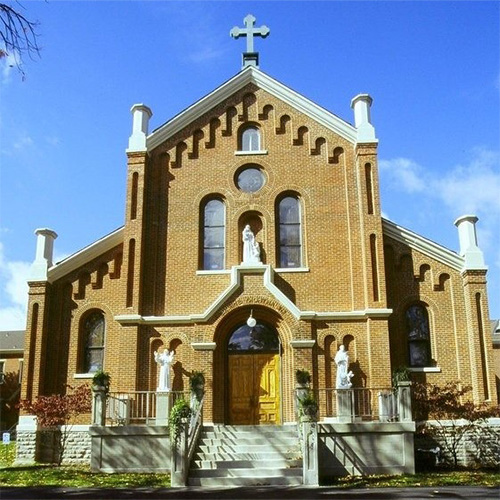 Don’t rush your visit to a sacred site. Allow yourself time for prayer in all the spaces on the campus, whether that’s the main church, a side chapel, a crypt or an altar that houses a relic. The grounds of many of these sites are also breathtaking and afford opportunities to admire both the architecture of the building and the tranquil beauty of God’s creation.
Don’t rush your visit to a sacred site. Allow yourself time for prayer in all the spaces on the campus, whether that’s the main church, a side chapel, a crypt or an altar that houses a relic. The grounds of many of these sites are also breathtaking and afford opportunities to admire both the architecture of the building and the tranquil beauty of God’s creation.
Catholic All Week
What’s in a name? When it comes to the name a new pope selects, it can mean quite a lot. Church historians say Pope Leo XIV’s choice of a name was a powerful statement that conveys both a sense of tradition and an openness to the realities of the modern world. (Read more) Here are a few intriguing facts about some of the 13 men who have taken the name Leo before our new pope, and what his choice of name might say about his pontificate.
Peacemaker and social pioneer
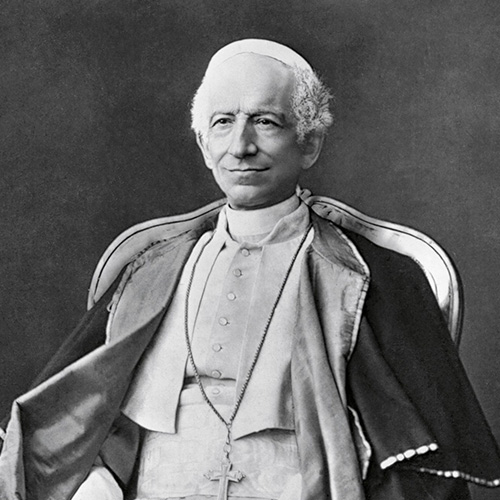 Our new pope’s first words to the faithful were: “May peace be with you all.” His namesake, Pope Leo XIII (1873-1903), was a peacemaker who reconciled the Church with France, Russia, Germany and Great Britain. He also published the encyclical “Rerum Novarum” on workers’ rights. This foundational document for Church social teaching emphasized the dignity of workers and condemned the dangers of unchecked capitalism and socialism. Pope Leo XIII also opened the Vatican secret archives to scholars, founded the Vatican observatory to demonstrate the Church’s openness to science and was the first pope to be filmed on a motion picture camera.
Our new pope’s first words to the faithful were: “May peace be with you all.” His namesake, Pope Leo XIII (1873-1903), was a peacemaker who reconciled the Church with France, Russia, Germany and Great Britain. He also published the encyclical “Rerum Novarum” on workers’ rights. This foundational document for Church social teaching emphasized the dignity of workers and condemned the dangers of unchecked capitalism and socialism. Pope Leo XIII also opened the Vatican secret archives to scholars, founded the Vatican observatory to demonstrate the Church’s openness to science and was the first pope to be filmed on a motion picture camera.
Historic moments
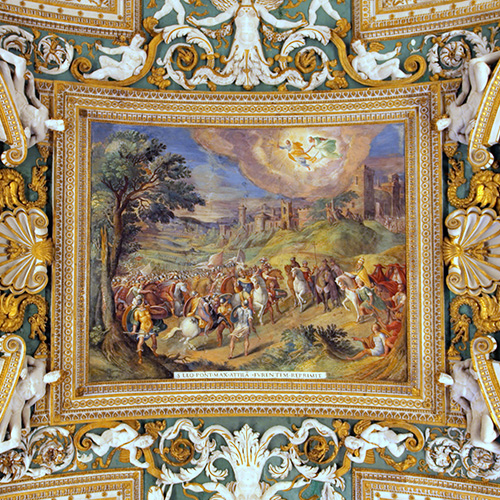 The first pope who took the name Leo became pope in 440. Known as “Leo the Great,” the Roman aristocrat was a peacemaker who is most well-known for meeting Attila the Hun in 452 and successfully managing to dissuade him from invading Italy. He was also a doctor of the Church, promoted the doctrine of papal primacy (the authority of the pope over other bishops), and wrote 96 sermons that have been passed on to us today. A historic last (at least for now) was Pope Leo X (1513-1521). He was the last pope not to have been a priest at the time of his election to the papacy.
The first pope who took the name Leo became pope in 440. Known as “Leo the Great,” the Roman aristocrat was a peacemaker who is most well-known for meeting Attila the Hun in 452 and successfully managing to dissuade him from invading Italy. He was also a doctor of the Church, promoted the doctrine of papal primacy (the authority of the pope over other bishops), and wrote 96 sermons that have been passed on to us today. A historic last (at least for now) was Pope Leo X (1513-1521). He was the last pope not to have been a priest at the time of his election to the papacy.
Devotion to Mary
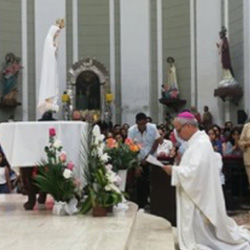 Pope Leo’s name also has a Marian significance. Pope Leo XIII wrote 11 encyclicals on the rosary and was also the first pope to embrace the concept of Mary as mediatrix, which holds that Mary helps distribute Christ’s grace through her intercession. One of the new pope’s first visits was to the Mother of Good Counsel in Italy, and when he was bishop of Chiclayo, Peru, he offered a prayer of consecration to the Blessed Virgin Mary before the pilgrim statue of Our Lady of Fátima, which he requested be brought to Chiclayo from the Fátima shrine in Portugal.
Pope Leo’s name also has a Marian significance. Pope Leo XIII wrote 11 encyclicals on the rosary and was also the first pope to embrace the concept of Mary as mediatrix, which holds that Mary helps distribute Christ’s grace through her intercession. One of the new pope’s first visits was to the Mother of Good Counsel in Italy, and when he was bishop of Chiclayo, Peru, he offered a prayer of consecration to the Blessed Virgin Mary before the pilgrim statue of Our Lady of Fátima, which he requested be brought to Chiclayo from the Fátima shrine in Portugal.
Catholic All Week
Pope Francis held a special place in his heart for the Papal Basilica of St. Mary Major, one of five ancient basilicas in Rome and where he chose to be entombed. In his final testament, issued after his April 21 death, Pope Francis wrote, “I wish my last earthly journey to end at this very ancient Marian shrine where I would go to pray at the beginning and end of each apostolic journey to confidently entrust my intentions to the Immaculate Mother and to thank her for the docile and maternal care.” Why were Francis and seven other popes who are also buried there so attached to this church?
Snow in summer
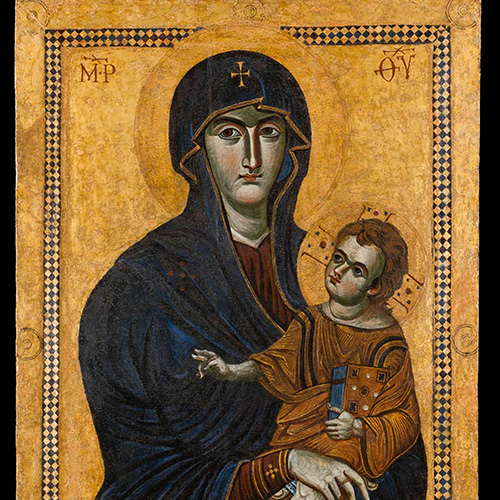 Around 350 A.D., a childless Roman couple wanted their wealth to honor the Blessed Virgin Mary after their deaths. According to legend, Mary appeared to the husband in a dream, requesting that a church be built on a site where snow would fall in midsummer. When the couple told Pope Liberius, he claimed to have had a similar dream. On Aug. 5, as Rome was engulfed in a heat wave, snow miraculously fell on the Esquiline Hill. On that spot a church was built and called the Liberian Basilica. While there is no historical evidence to support the legend – no mention of the story can be found until several hundred years after the church’s completion – the Miracle of the Snows is remembered each year in a liturgy that features white flower petals falling from the ceiling.
Around 350 A.D., a childless Roman couple wanted their wealth to honor the Blessed Virgin Mary after their deaths. According to legend, Mary appeared to the husband in a dream, requesting that a church be built on a site where snow would fall in midsummer. When the couple told Pope Liberius, he claimed to have had a similar dream. On Aug. 5, as Rome was engulfed in a heat wave, snow miraculously fell on the Esquiline Hill. On that spot a church was built and called the Liberian Basilica. While there is no historical evidence to support the legend – no mention of the story can be found until several hundred years after the church’s completion – the Miracle of the Snows is remembered each year in a liturgy that features white flower petals falling from the ceiling.
The icon by an evangelist
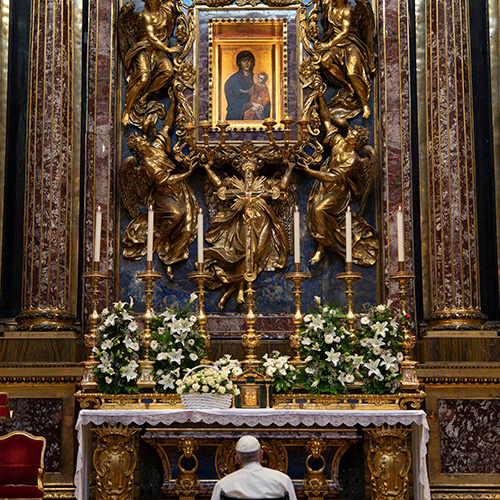 While the basilica houses many important relics – those of the true cross, holy crib, St. Matthew and St. Jerome – one of its most important pieces is an icon of the Blessed Virgin Mary. Legend claims the icon was “written” (painted) by St. Luke the Evangelist, but most scholars agree that it dates from the 13th century. Its name, “Salus Populi Romani” (“Health of the Roman People”), comes from a miracle in which the icon helped shield Rome from the plague after it was carried through the streets. In what was to become one of his most iconic moments, Pope Francis stood in an empty St. Peter’s Square on the rainy evening of March 27, 2020, as the COVID-19 pandemic began. Before the icon and the 14th-century statue of the “Miraculous Crucifix,” the Holy Father prayed for faith and strength for the world amid the crisis.
While the basilica houses many important relics – those of the true cross, holy crib, St. Matthew and St. Jerome – one of its most important pieces is an icon of the Blessed Virgin Mary. Legend claims the icon was “written” (painted) by St. Luke the Evangelist, but most scholars agree that it dates from the 13th century. Its name, “Salus Populi Romani” (“Health of the Roman People”), comes from a miracle in which the icon helped shield Rome from the plague after it was carried through the streets. In what was to become one of his most iconic moments, Pope Francis stood in an empty St. Peter’s Square on the rainy evening of March 27, 2020, as the COVID-19 pandemic began. Before the icon and the 14th-century statue of the “Miraculous Crucifix,” the Holy Father prayed for faith and strength for the world amid the crisis.
Where art and faith meet
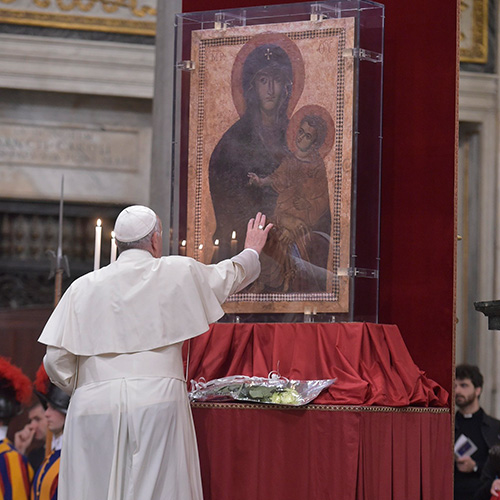 The basilica is often referred to as a place where the artistic and the spiritual meet. Rebuilt many times over the centuries, it features the tallest bell tower in Rome, mosaics that date from the early 400s, countless architectural details and the Holy Door that Pope Francis opened to celebrate the Jubilee Year 2025: Pilgrims of Hope. If you can’t get to the shrine, you can still take a realistic virtual visit through the basilica’s website.
The basilica is often referred to as a place where the artistic and the spiritual meet. Rebuilt many times over the centuries, it features the tallest bell tower in Rome, mosaics that date from the early 400s, countless architectural details and the Holy Door that Pope Francis opened to celebrate the Jubilee Year 2025: Pilgrims of Hope. If you can’t get to the shrine, you can still take a realistic virtual visit through the basilica’s website.

